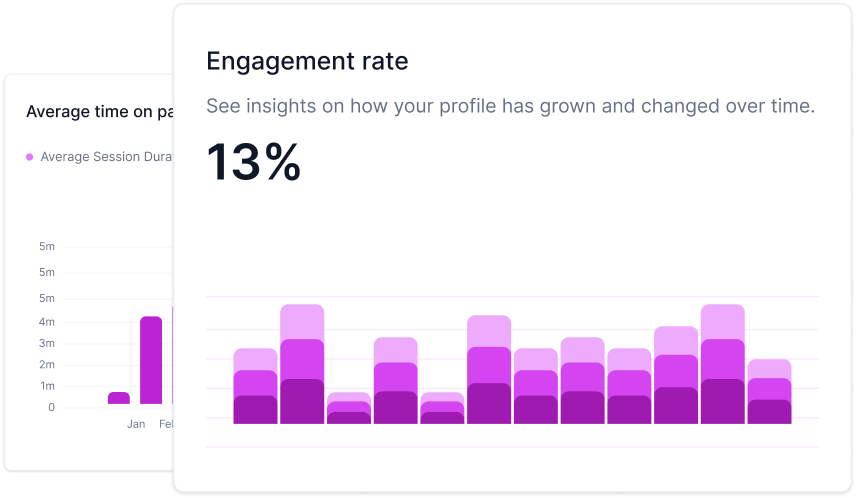What is a conversion funnel?
A Conversion Funnel is a visual representation of the journey potential customers take from the moment they become aware of your product or service to the point they take action (like making a purchase). Picture a funnel, wide at the top and narrow at the bottom. Prospective customers enter at the broad top and, as they move down, some drop out, while a determined few make it to the narrow end, converting to your desired goal.
Why is it important?
Think of the conversion funnel as a roadmap to your customers' thought processes and decisions. It helps businesses:
- Understand: By visualizing the journey, you grasp where potential customers might have doubts or lose interest.
- Optimize: Knowing the journey means you can make strategic decisions to guide more people to the finish line.
- Grow: A well-understood and optimized funnel invariably leads to increased conversions, pushing growth.
How can I optimize each stage of the conversion funnel to improve customer conversions?
Optimizing the conversion funnel is all about understanding its stages and then tweaking them for best results. Here’s a basic breakdown:
- Awareness: This is the top of the funnel. Boost this stage by expanding your reach through advertising, social media, and SEO.
- Interest: Now that they know you, make them like you. Engaging content and targeted marketing campaigns can pique interest.
- Decision: Here, potential customers are contemplating a purchase. Offers, discounts, or testimonials can tip the scales in your favor.
- Action: The final step! Ensure a smooth checkout process, provide clear calls-to-action, and maybe even offer a post-purchase discount to seal the deal.
How do I analyze and measure the effectiveness of my conversion funnel?
Analyzing your funnel’s effectiveness isn’t just a one-off task; it’s ongoing. Here’s how to get started:
- Analytics Tools: Platforms like Google Analytics provide invaluable data. Monitor drop-off rates at each stage of the funnel.
- Feedback: Direct customer feedback can pinpoint areas of friction.
- A/B Testing: Experiment with different strategies (like different landing pages or offers) to see which one drives better results.
- KPIs: Establish key performance indicators like conversion rates, time spent on pages, or click-through rates to continuously measure performance.

